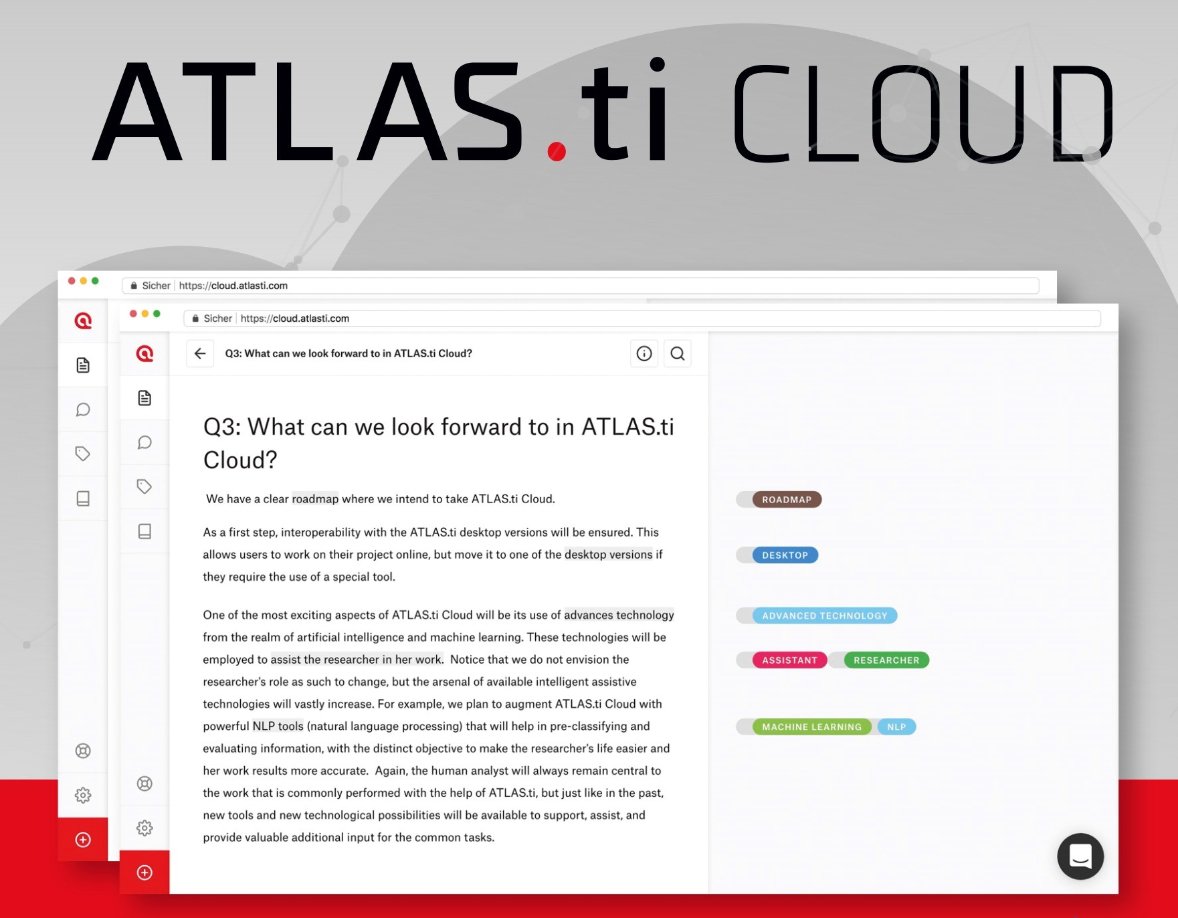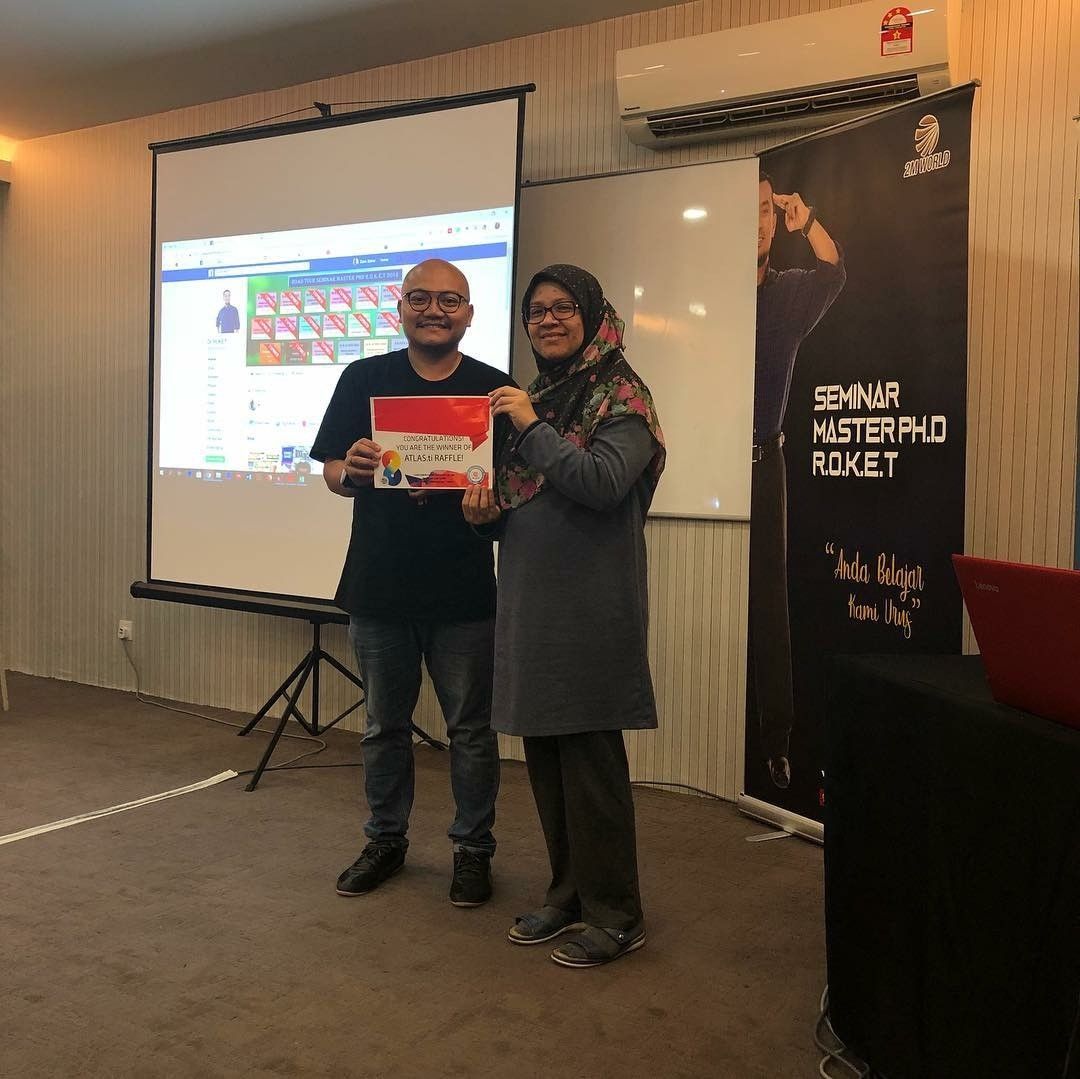
However, while analyzing respondents' perspectives, you also analyze how they talk and develop ideas. Narrative analysis also involves coding the interview data. In turn, these broader codes can be analyzed for their frequency to provide a sense of which ideas are most common in your data.
Transcribing with atlasti code#
You can then directly apply a code such as "positive feelings" to all quotations with any of those words. This can allow you to analyze the frequency of words that have a similar content or meaning.įor example, if a Word Cloud tells you that "happy" occurs frequently in your text, the Text Search function will suggest synonyms such as "joyful" and "delighted" and search for quotations that include those words. You can use the Text Search tool with Word Clouds to search for synonyms. Either tool helps conduct a content analysis by converting text into quantitative data. The Concepts tool makes a similar visualization, except it seeks out phrases that commonly occur in the data. You can then create a visualization of the terms that appear the most often in an interview or a group of interviews. The Word Cloud tool counts how many times a word appears in a set of documents. ATLAS.ti has tools that allow researchers to determine and visualize these frequencies. At the same time, the resulting data set might allow for a more straightforward quantitative analysis given the narrow set of questions and possible answers.Ī content analysis mainly relies on the frequency of words or phrases present in interviews. The structure ensures that neither the interviewer nor the respondent can stray off-topic. In some cases, respondents must answer a question using only a set of choices provided by the interviewer. Researchers may ask prepared questions to address their main research questions, but the follow-up questions are not predetermined.Ī structured interview is the most restrictive form of an interview, as all the questions are predetermined. In the semi-structured interview, the researcher determines some questions in advance but may also ask follow-up questions so that the respondent can elaborate on their answers.

Unstructured interviews are suitable for market research, for example, if entirely new insights from respondents who are more comfortable with an open-ended conversation. Unstructured interviews involve open-ended questions without a predetermined order. Three commonly conceived types of interviews are structured, semi-structured, and unstructured. You can then see whether those themes and emotions co-occur together. This combination will allow you to, for example, code for themes in the transcript and code for emotions (e.g., happiness, stress) in the corresponding multimedia file. You can add transcripts to video or audio files and assign codes to both. For example, the respondents' facial expressions or tone of voice may provide important insight into what they say. You can also analyze the video or audio of interviews in ATLAS.ti. This analytical approach can help guide researchers design future interview studies to more effectively elicit personal narratives. Qualitative researchers who employ narrative analysis are more interested in how interview respondents construct narratives such as: Researchers who can identify common topics in their data can develop a theoretical framework that may be useful in future research. Thematic analysis is similar to content analysis except for the frequency of topics or themes that interview respondents explore.

Content analysis is helpful for researchers conducting interviews with a large number of respondents who need to determine what words or concepts appear most frequently in the data. These frequencies provide an understanding of hidden patterns embedded in interview respondents' utterances and ideas. The more commonly used analysis methods include content analysis, thematic analysis, and narrative analysis.Ĭontent analysis can help generate quantitative data extracted from qualitative analysis.

Your research goals will determine the most effective data analysis you should choose.


 0 kommentar(er)
0 kommentar(er)
